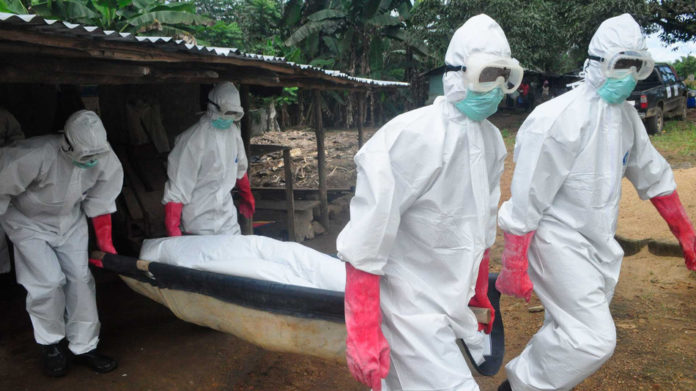7 things Australia spends more money on than fighting Ebola

MELBOURNE — As the Ebola virus befalls its 10,000th victim, governments around the world are contributing resources to try and contain the epidemic in West Africa.
Among those countries is Australia, who has pledged $AU$18 million to the cause. While commendable, the contribution has drawn criticism from some who argue it is inadequate and are urging the government to scale up its support.
So could Australia be doing more? For a little perspective, here’s seven things the country spends more money on than fighting Ebola.
Replacing those lost coins down the back of your couch – $110 million

Image: Getty Images
Yep, you read it right. Chief Executive of the Royal Australian Mint Ross MacDiarmid told a senate estimates hearing in June that it costs $110 million each year to replace the coins down the side of your sofa cushion, underneath your car seat or carried overseas.
A failed campaign to host the 2022 FIFA World – $43 million

Australian football player Tim Cahill.
Image: Getty Images
The world game is growing in popularity among Australians, make no mistake. But hosting the 2022 World Cup could have seen this gradual adoption explode into schoolyards full of corner flag-boxing Tim Cahill wannabes. In 2009, the Football Federation Australia embarked on a $43 million campaign to woo FIFA’s executive committee but it would be to no avail, with Qatar ultimately winning the rights to host the event.
Promoting Australia as a holiday destination to leisure travellers in the United States and New Zealand – $20 million

Crocodile Dundee was an old-school method of promoting Australia.
Image: Getty Images
Tourism Australia announced on Wednesday an agreement with Virgin Australia to promote the country as a place of luxury and paradise to the high-rolling vacationeers of the US and New Zealand. The campaign is set to cost $20 million over three years, with both parties committing to spend a minimum $10 million each.
Researching, tracking and killing sharks that come too close to the coast – $20 million

Image: Getty Images
Following a spate of shark attacks in Western Australia, 11 since 2000, the state government committed $20 million in funding for shark mitigation strategies to keep its beaches safe. These include tagging and tracking sharks, scaling up helicopter and beach patrols and more controversially, a scheme to trap and kill sharks near popular beaches. This arm of the initiative triggered severe backlash following the capture of 172 sharks with 50 of them killed, and has now been dumped.
An advertising campaign to deter asylum seekers – $23 million
The government’s hardline policy to discourage asylum seekers arriving by boat was communicated through a slick advertising campaign costing $23 million in one year. The package includes signs and leaflets, radio and television broadcasts and YouTube videos featuring Lieutenant General Angus Campbell. The advertisements have been translated into numerous languages and run in countries such as Pakistan and Afghanistan.
Hosting the G20 summit in Brisbane – $400 million

Image: Getty Images
If you’re playing host to the who’s who of global leadership at next month’s G20 summit in Brisbane, then you best be dressing to impress. The total cost to the Australian taxpayers is estimated at $400 million, with unprecedented security measures and a set of bombproof BMWs also part of the mix.
58 new fighter jets – $12.4 billion

F-35 Joint Strike Fighters (JSF) flying in the U.S.
In April this year, Australia bolstered its defense force with the purchase of 58 F-35 Joint Strike Fighters at a cost of $12.4 billion. The aircraft is considered the most advanced fighter jet in the world and is said to be capable of striking enemies in the air and on the ground while going undetected by radar. The first of Australia’s F-35s is expected to enter service in 2020.
Have something to add to this story? Share it in the comments.
